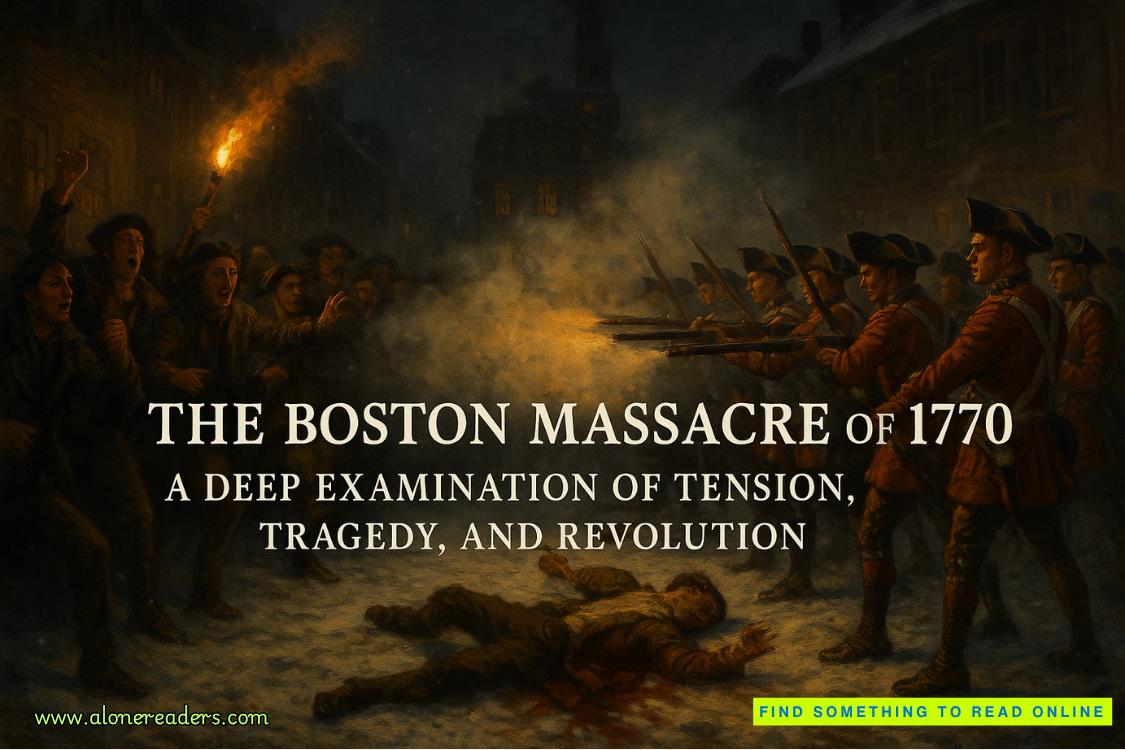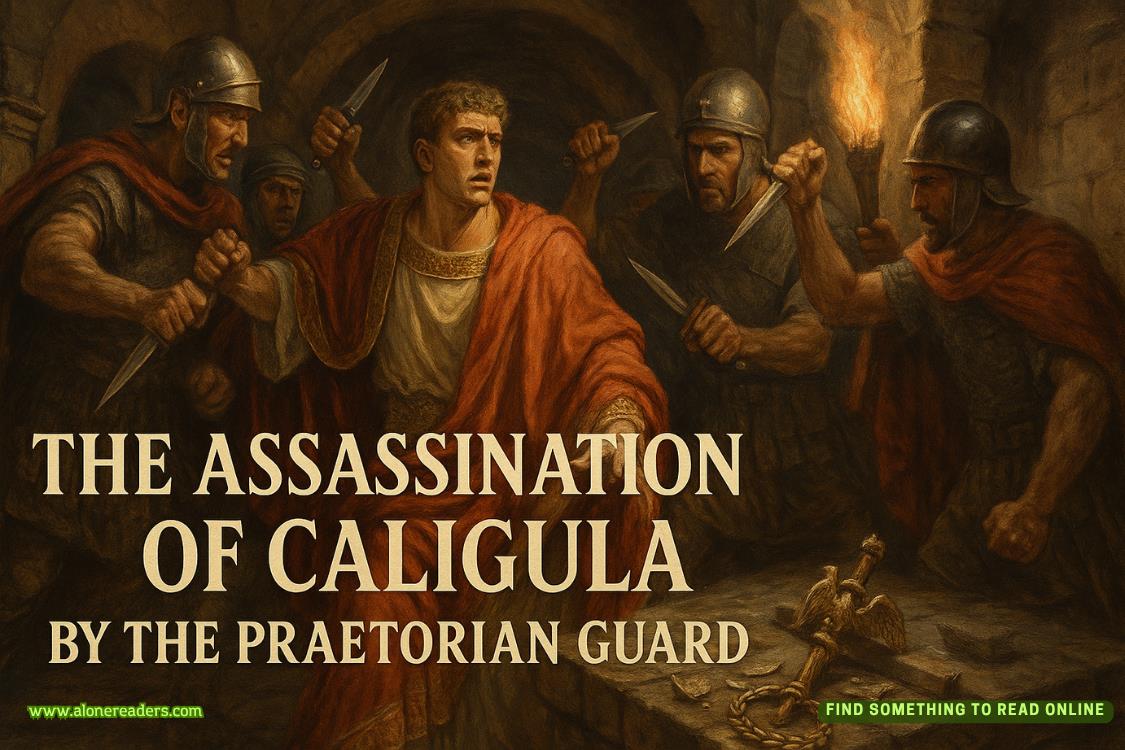Page 32 of Fortress
Dr. Cunningham sighed. “Well, Dr. Turner will examine him, and we’ll work from her conclusions about the threat he poses to my patients and staff. And she’ll check for abnormalities in his physiology that would make our standard treatments ineffective or damaging. He’s stable now,” she added. “We’re keeping him restrained and sedated, but his vitals are steady.”
Jake stood up. “Can I talk to her?”
Dr. Cunningham’s eyes narrowed, and then she took a breath and visibly relaxed her shoulders. “Dr. Turner? After she’s done her examination.” She paused. “And in an open conference room.”
From behind the observation glass, gripping a clipboard tight to her chest, Dr. Kendra Turner watched the team sedate the supernatural.
She had had just a couple months of medical school under her belt when the Liberty Wolf Massacre rocked the nation in 1984. The science and medical communities had been particularly shaken as one night annihilated much of what they’d known as “fact” and “science” and opened up a lot of possibilities that no one had seriously considered before withoutgetting their license revoked. Twenty years later, even with modern research and the help of centuries-old texts that had shed light on the supernatural phenomenon, the situation was barely improved.
Kendra had decided on the nascent field of supernatural-related medicine shortly after that attack on the president in spite of her family’s and mentors’ concerns. There were enough barriers for a woman of color to succeed in medicine and no real guarantee that the new field would be taken seriously after the furor died down, but to this day, Dr. Turner had rarely regretted that decision.
Seven years later, she had finished her master’s in werewolf bites. She rotated through a few hospitals before landing the job of chief supernatural specialist at Methodist Hospital.
Like most resident sup-specs, her job was uneventful ninety-five percent of the time, and she spent a lot of time in research at the local university. The hospital called her in to examine a variety of bites or flesh wounds, anything that could have been contaminated or caused by something supernatural. Only once in the last seven years out of school had she seen and confirmed a werewolf case. The ASC had arrived within an hour of her call to whisk the werewolf away. They had also confiscated all samples, measurements, records, and bedding he might have touched or bled upon. They had been in and out in less than an hour. She’d been impressed by their efficiency.
This situation was something else entirely.
The boy—it was hard not to think of him as a boy, despite all her training to stick with neutral language likethe patient or the individual—had been unconscious when they’d brought him in. From the safety of her hazmat suit, she’d cleaned his head wound (abrasions from a fall and impact with a blunt object rather than teeth or claws; probably a tree, given the dirt and bark she had removed), set the broken bones, and checked forsigns of hypothermia or frostbite. Blood samples had been taken and sent to the lab to check for mysterious or supernatural-related contamination.
But a nurse had seen and recognized the scarring across his throat—hard to miss, as it was right next to the broken collarbone. Impossible not to recognize, thanks to ASC messaging (public service announcements or propaganda, depending on whom you asked) fifteen years ago, which had demonstrated some of the safety features built into the processing of supernaturals at the Facility for Research, Elimination, and Containment of Supernaturals. The nurse had probably been in elementary school at the time. You didn’t forget at that age.
The flow of information from the ASC about their methods had dried up after a couple years of aggressive publicity, but the photos of inmates with their heavy leather collars had circulated widely. Everyone knew that supernaturals could look just like ordinary humans, that they could even take on the likeness of any neighbor or family member. But once the ASC caught them, that monster would never roam freely again.
That raised the question of how this one, thisboy, was walking around apparently unrestricted in the company of a young man identifying himself asJake Hawthorne.
She had looked for a likely explanation during her examination. The tattoo on his chest had been the only obvious tie to the supernatural, but it had been far from the only mark on his body.
She was familiar with abuse and its visible and invisible evidence. In her own way, she had specialized in differentiating injuries like these, and her master’s had refined that skill, so on the map of his skin she could pick each of them out: brand, claw, blade, whip, taser.
She had to stop when she found the cigarette burns in the precise shape of a smiley face on his arm. She had to physically stop, put his thin arm gently by his side (restrained to the bed, in spite of the sedation), and step away.
She didn’t know when those marks had been made or how vicious monsters could be to each other in FREACS, but between those marks and his underweight frame—it affected her judgment. More than it should. She had a twelve-year-old son at home who had scars of his own, and it was easy enough to imagine him lying on a similar hospital bed, anonymous and starved and hurt by those who should have protected him.
This boy certainly had been hurt. But it didn’t look like Jake Hawthorne had inflicted the damage.
And hadn’t that been a surprise, to see the legendary son of Sally Dixon-Hawthorne in Methodist Hospital, wild-eyed, dirty, bruised, jumpy as a spooked cat, and with a twitchy finger (she’d seen him flinch for his gun more than once during his meeting with Dr. Cunningham). All of that focus, all of that fear wasfor, rather thanbecauseof, the supernatural boy lying sedated and bound in isolation.
“Dr. Turner?”
She turned. Erik, one of their biggest orderlies, a formidable young man with his own scars, stood in the doorway. “Hawthorne’s here to see you. He’s in the hall. Should I... ?” Erik made a gesture that could either have indicated showing him in or stabbing him.
“You can let him in, thank you.” Dr. Turner took a seat at the conference room table.
Jake ignored her, striding first to the observation window. Jaw clenched, he set his palm to the glass, other hand fisted by his side. Dr. Turner watched him as she would have watched any angry and dangerous individual, with no intention of interrupting.
He was so young. As young or younger that most of the undergrads who roamed her university. Too young, in many ways, to be a full-fledged hunter on his own. He seemed younger with panic and fear draining the ferocity and tough-guy image he’d projected before.
But when he at last turned to her, with a visible effort, that fire had returned. “You gotta let me in to see him.” The plea was desperate, sincere, and not really a request.
Dr. Turner motioned to the chair across from her. “We need to talk first.”
Anger flashed across his face, but he tamped it down, smoothing his expression into something more stoic. Slowly, he walked over to the chair and took a seat.
“I know who you are, and you’ve presumably learned about me, but introductions may be helpful to start again.” Dr. Turner folded her hands over her clipboard. “I’m Dr. Kendra Turner, supernatural specialist for Methodist Hospital and research associate at Arizona State University.”
“Jake Hawthorne.” He bit out the words grudgingly; he clearly didn’t like admitting who he was. He jerked his head toward the window. “That’s Tobias Hawthorne.”
Dr. Turner wanted very much to ask what the relation was, but she held back. Considering who he was, the question would surely be offensive. Instead she asked, “How old is Tobias?”















